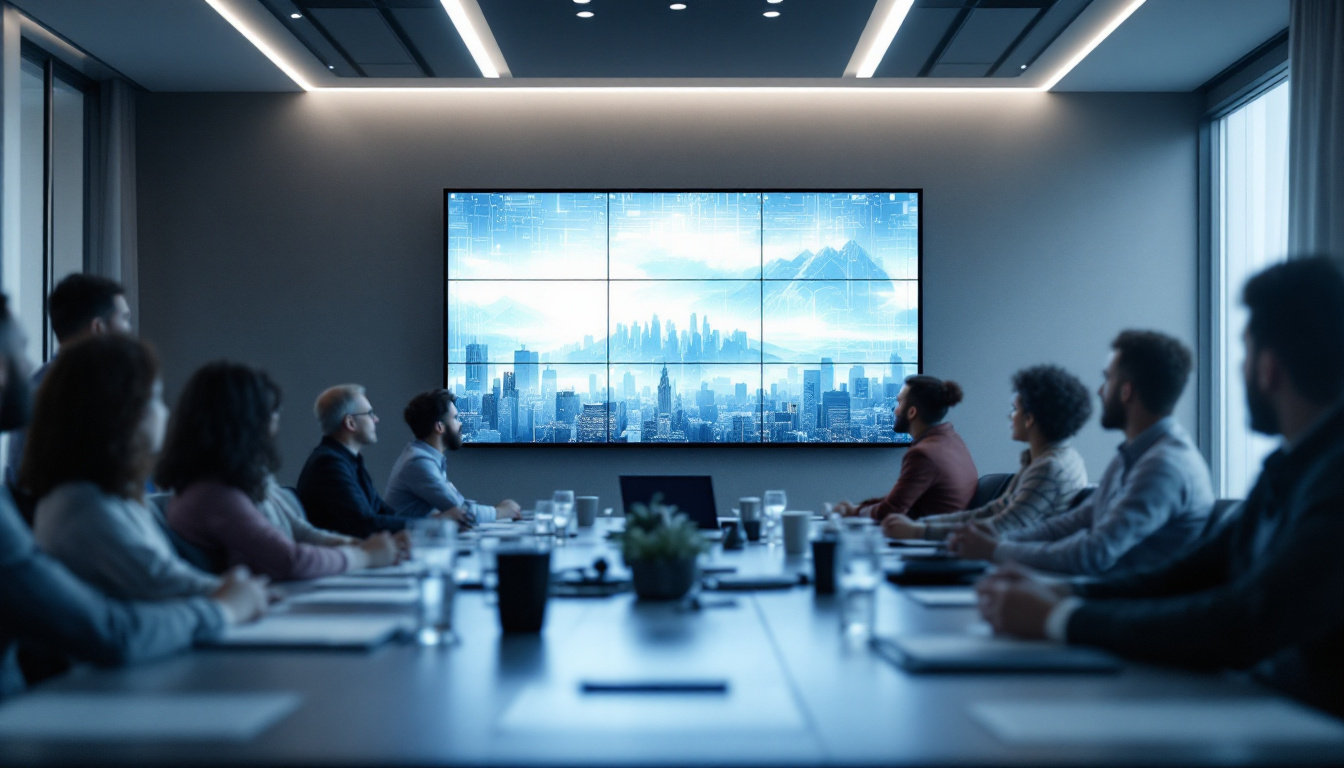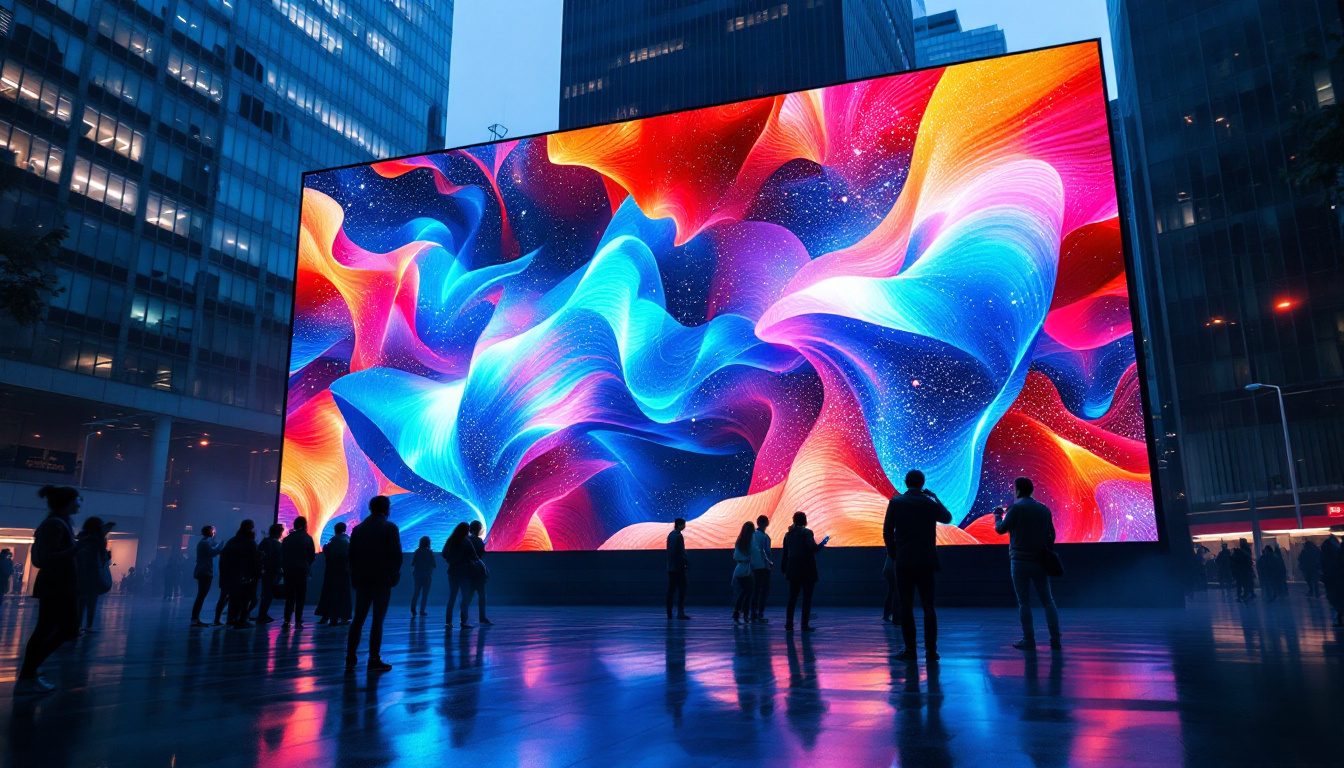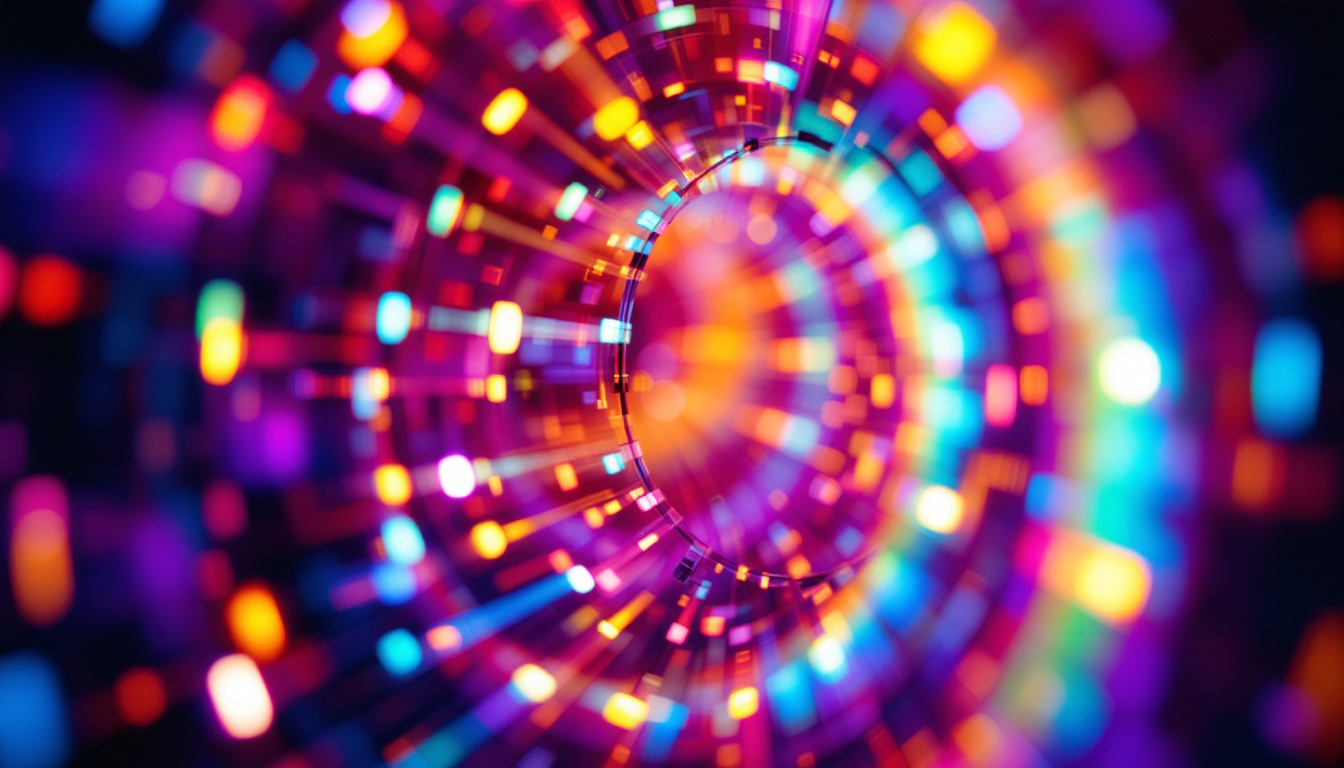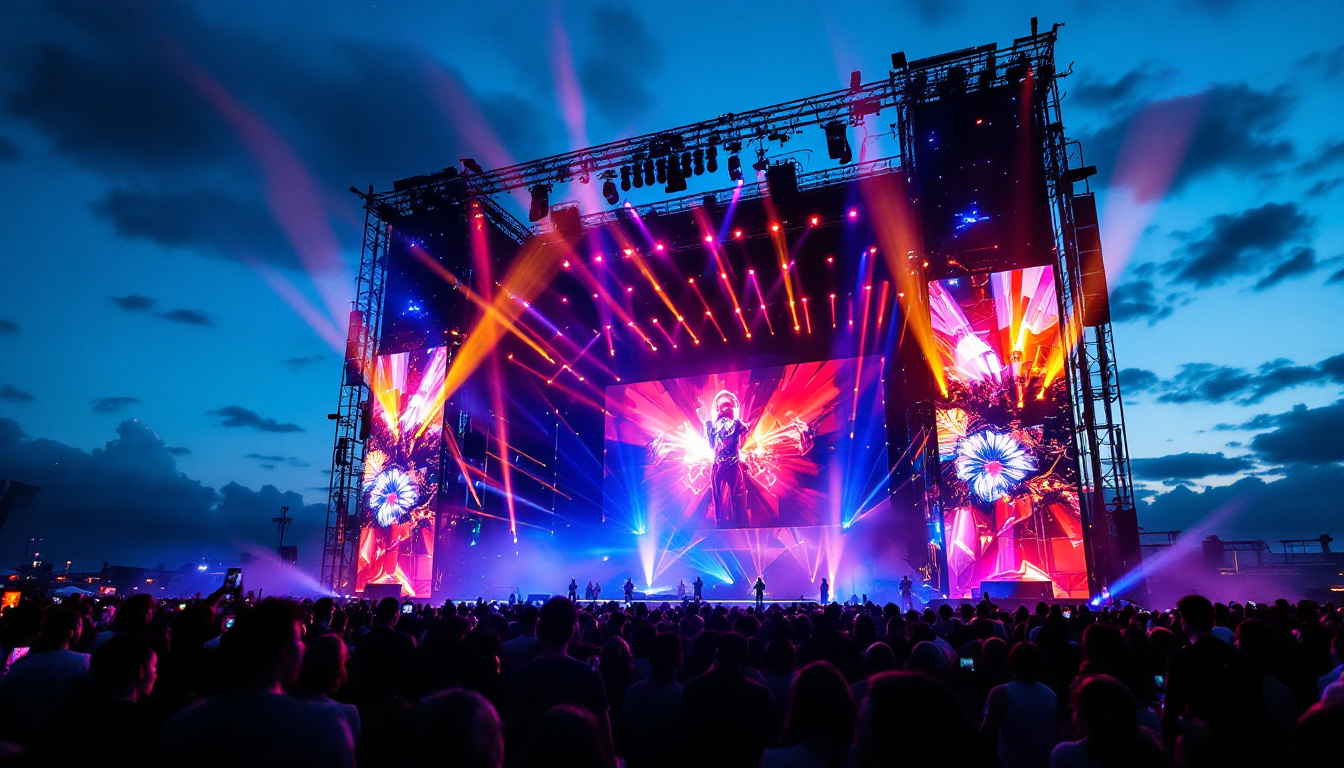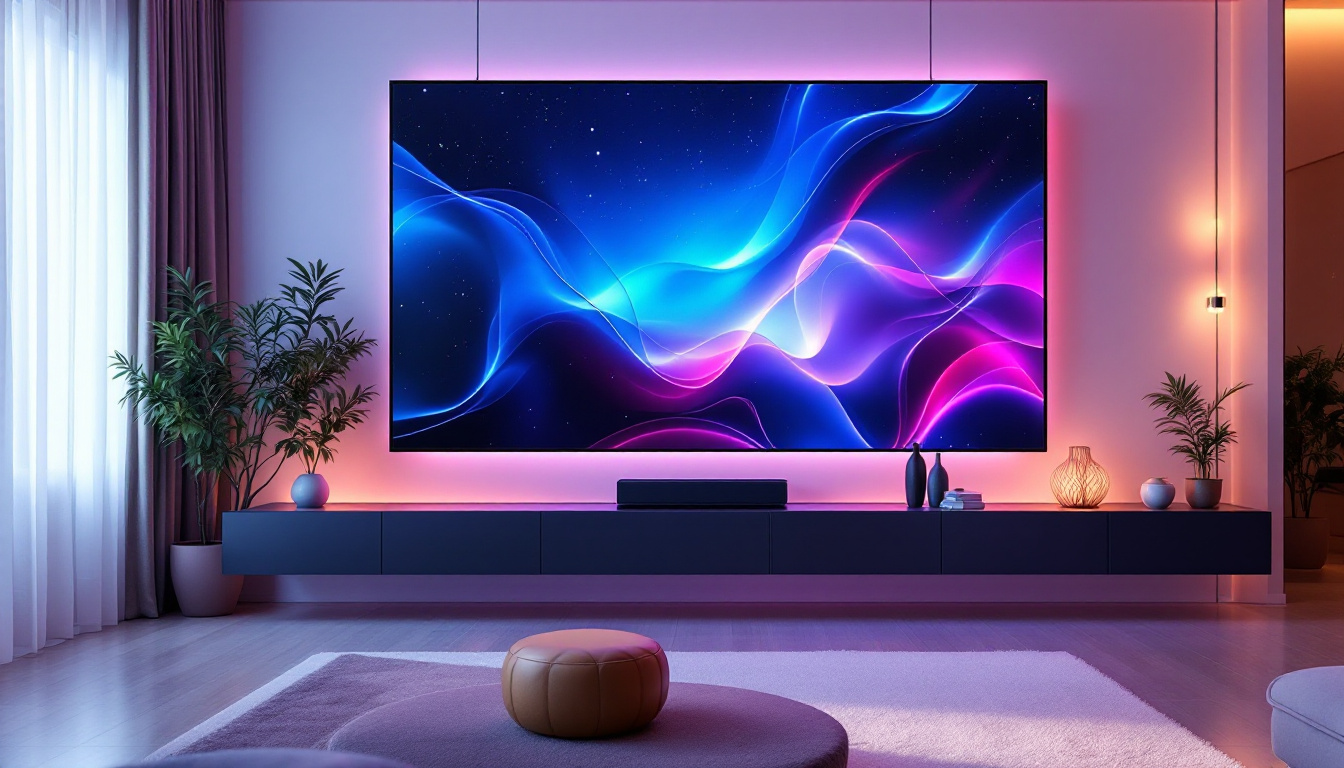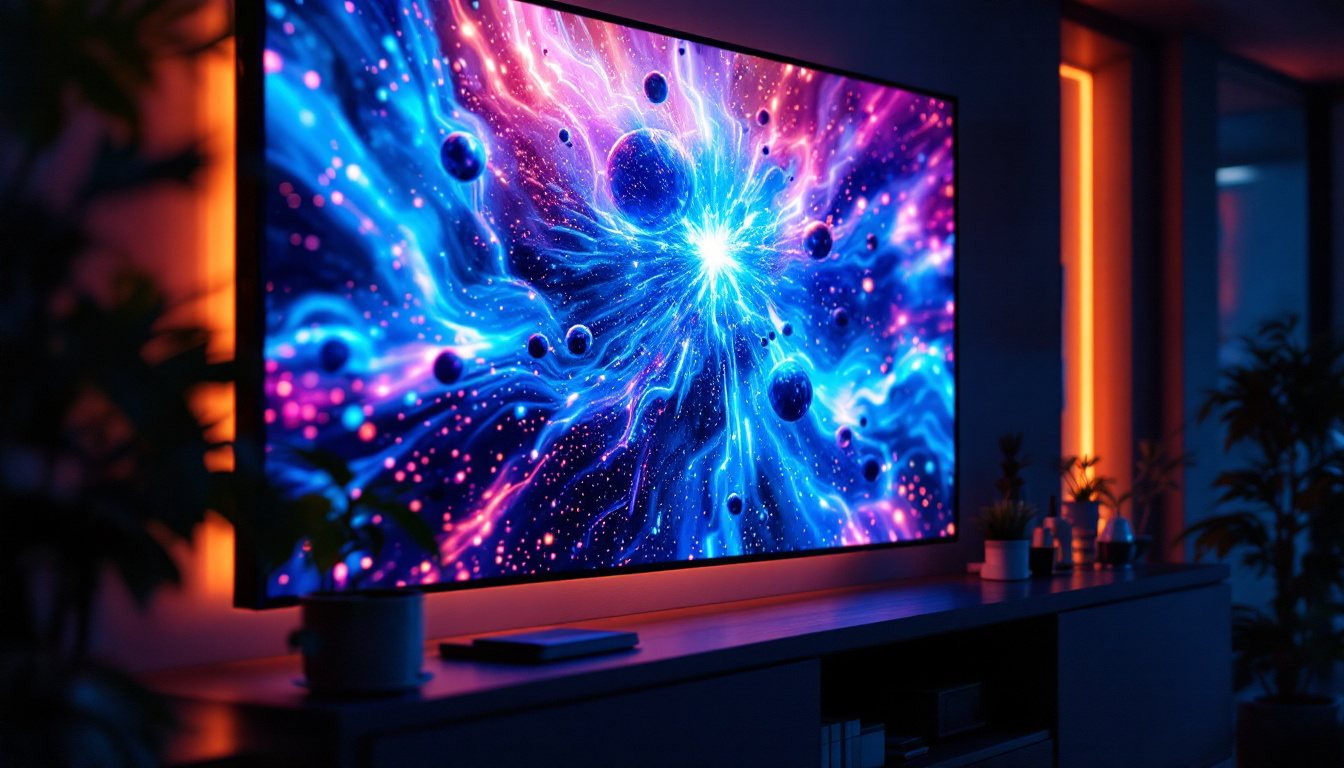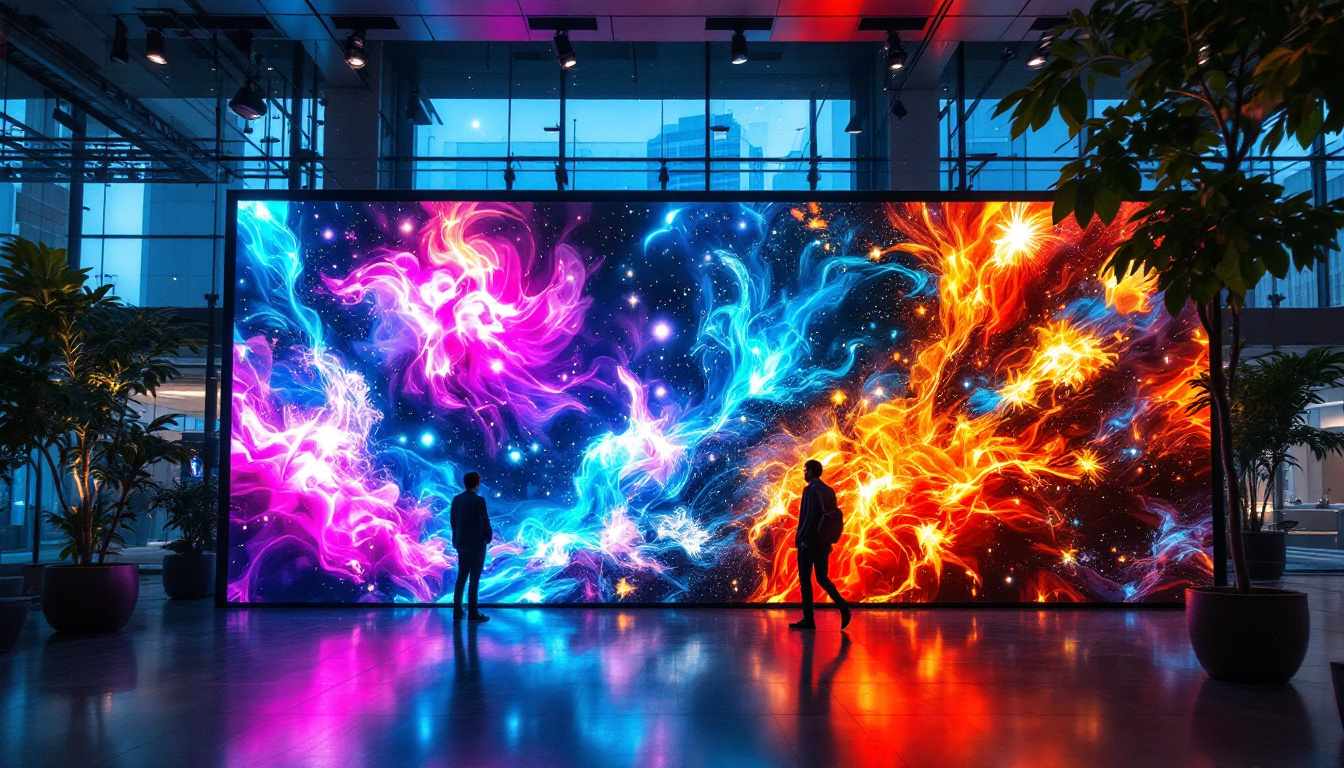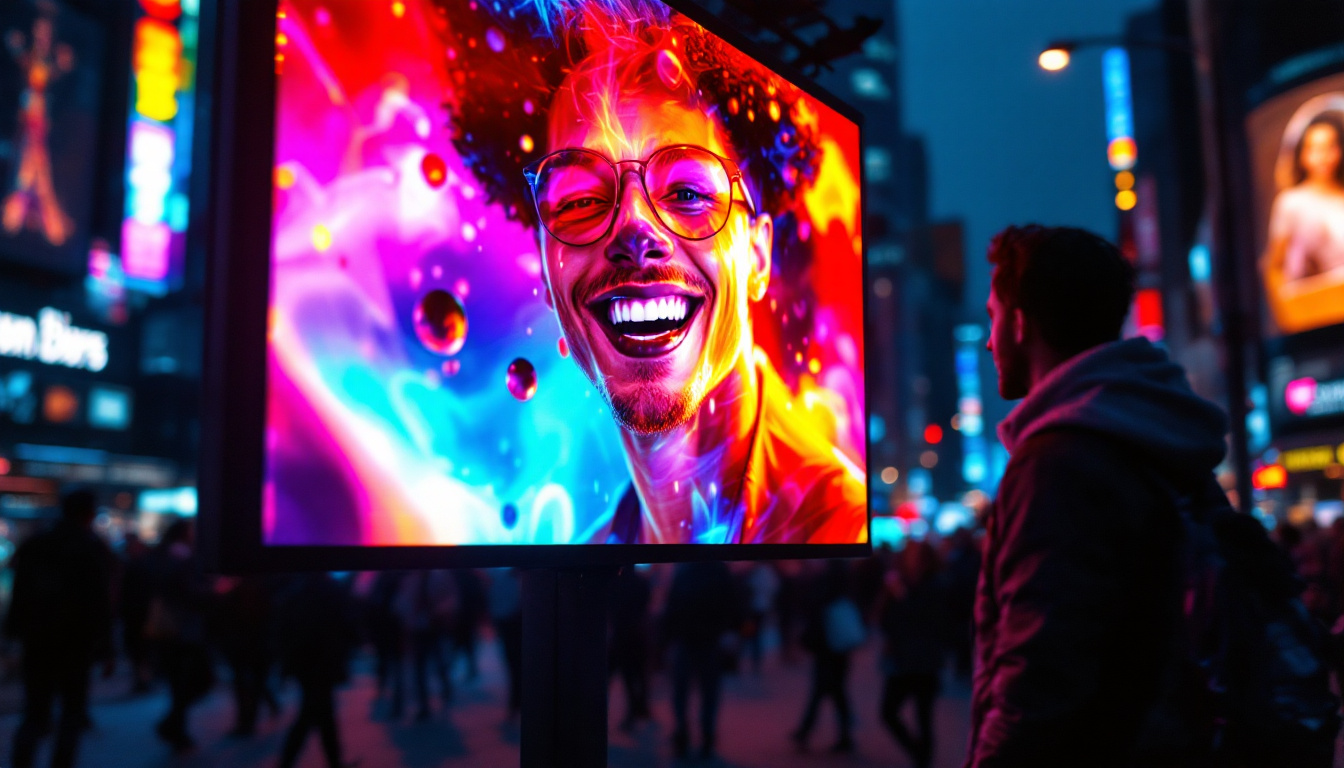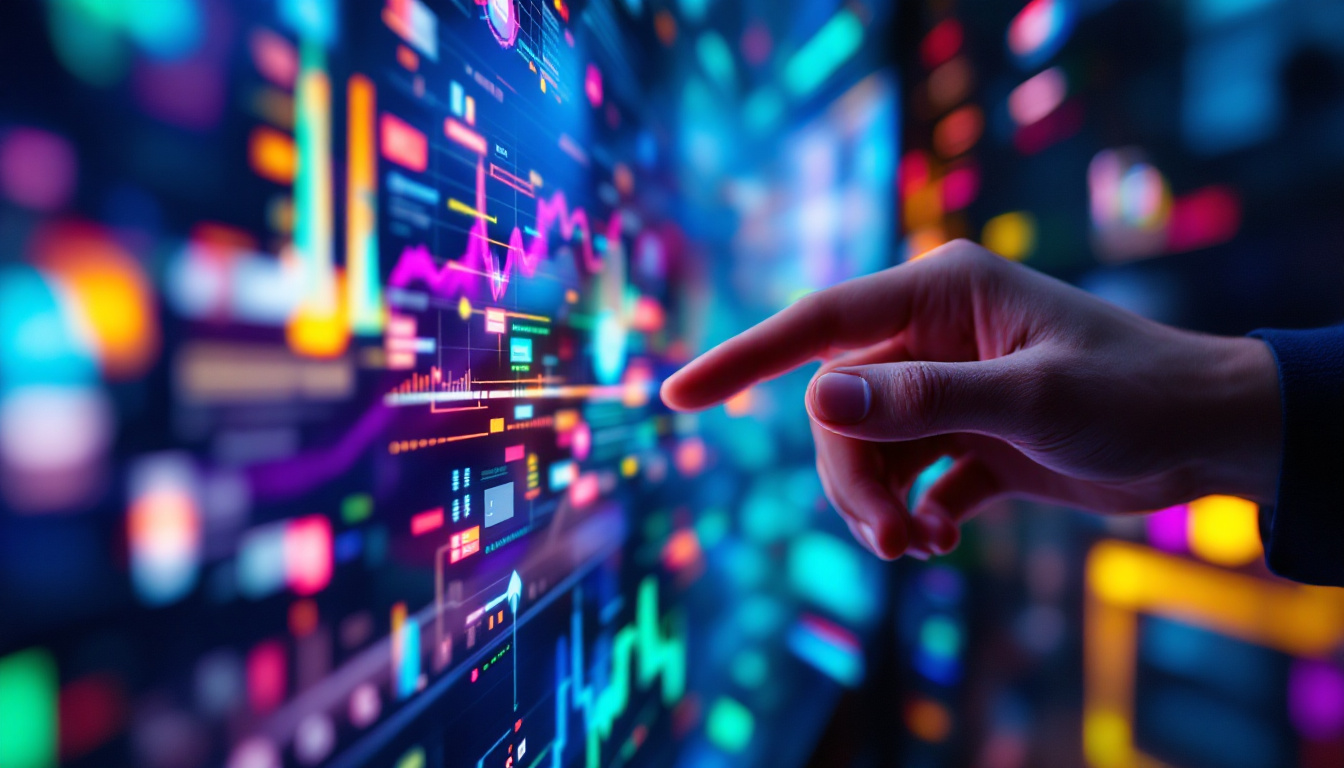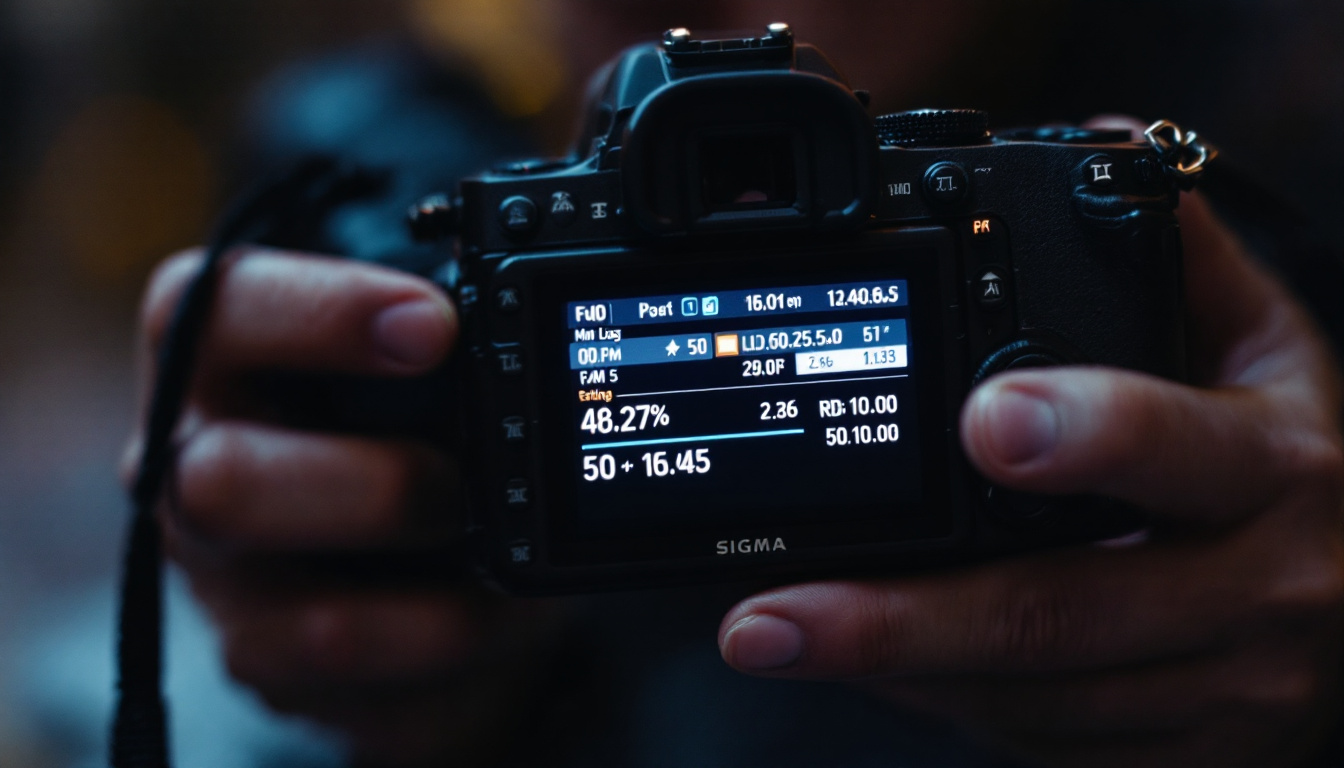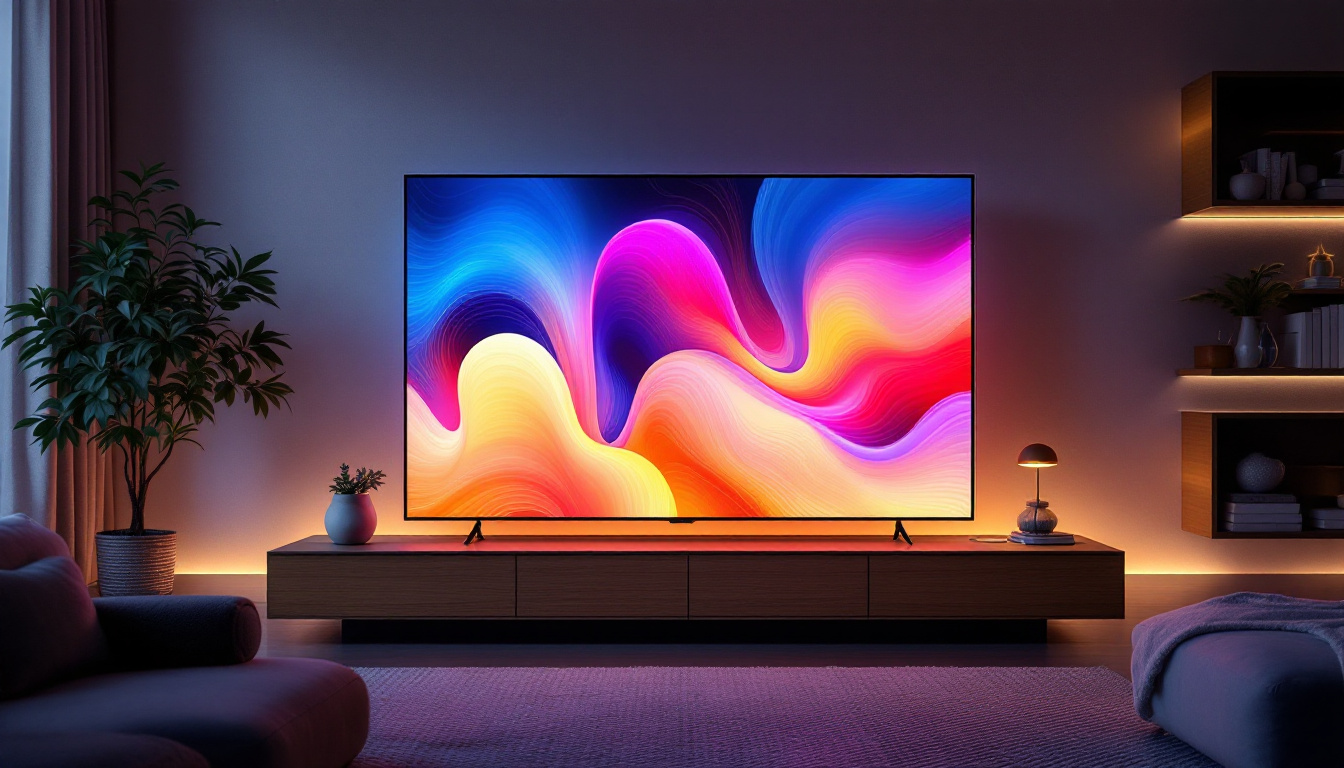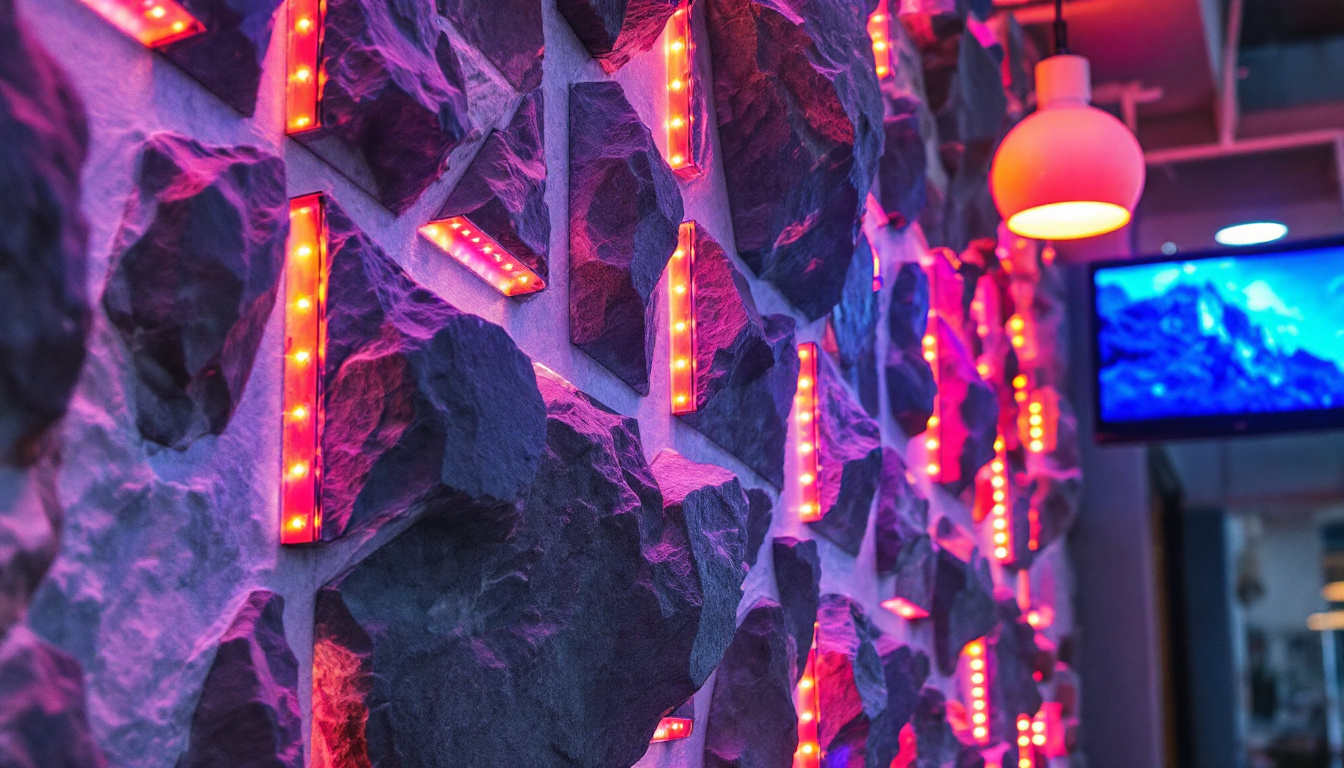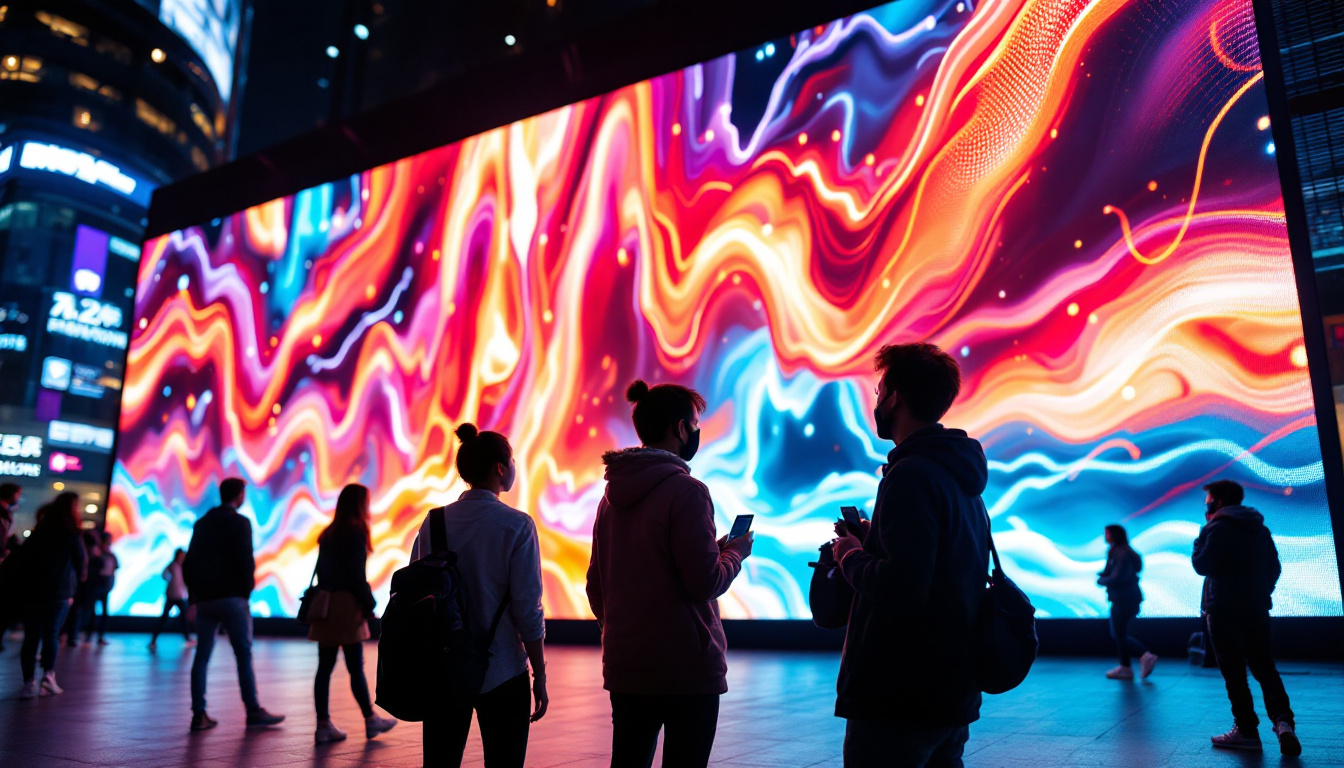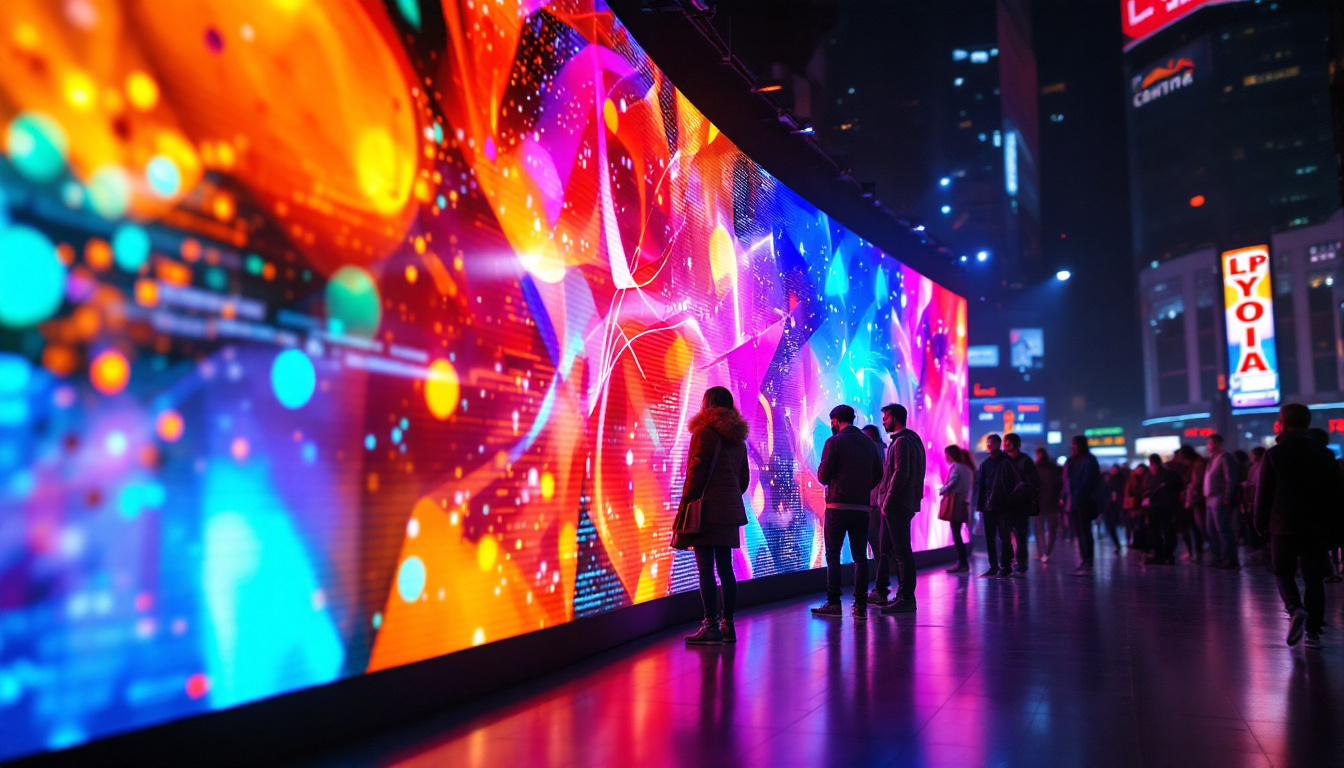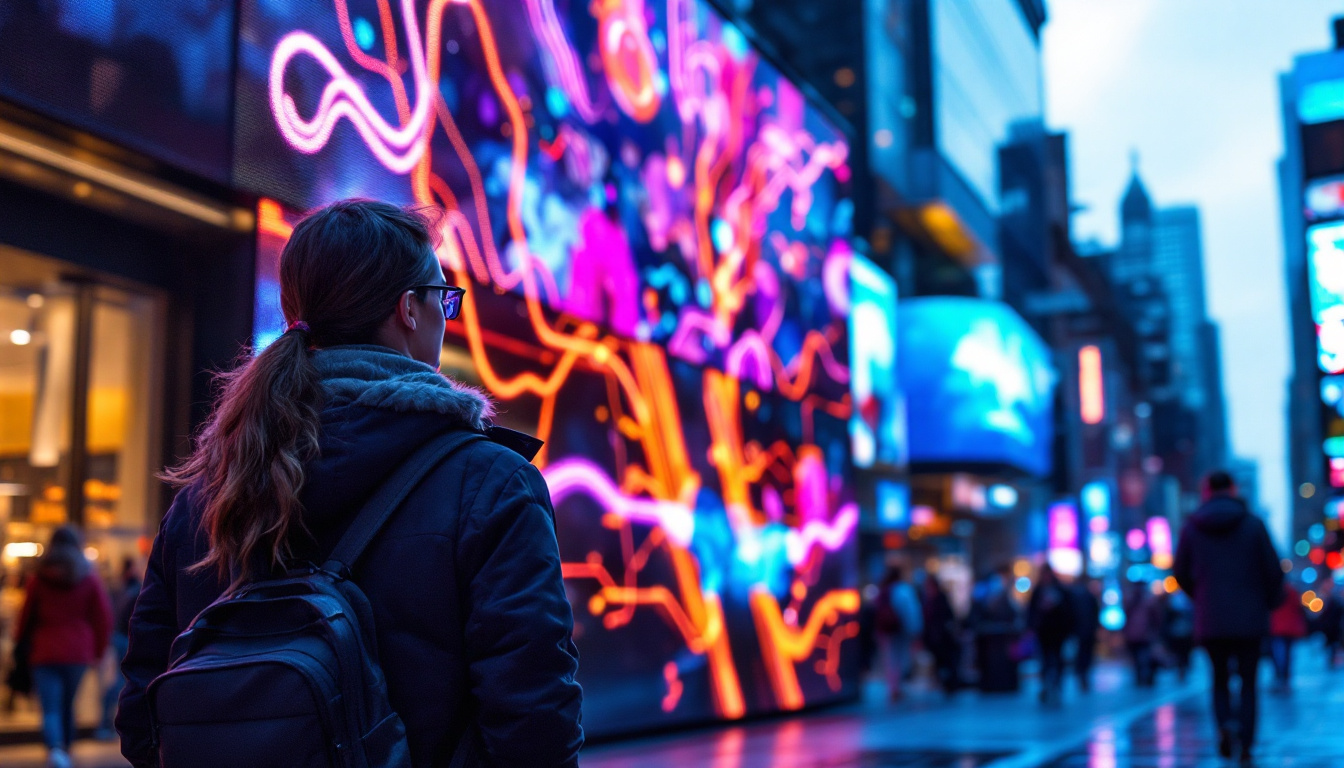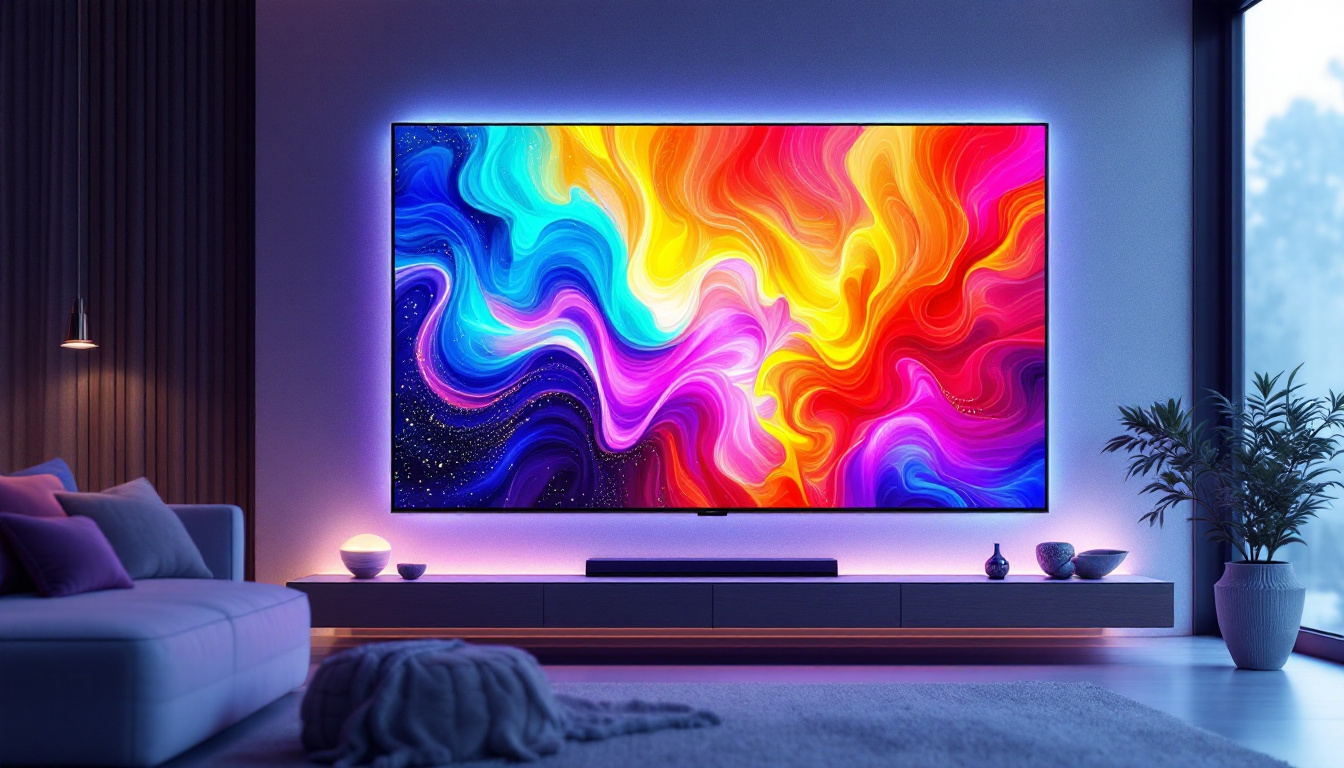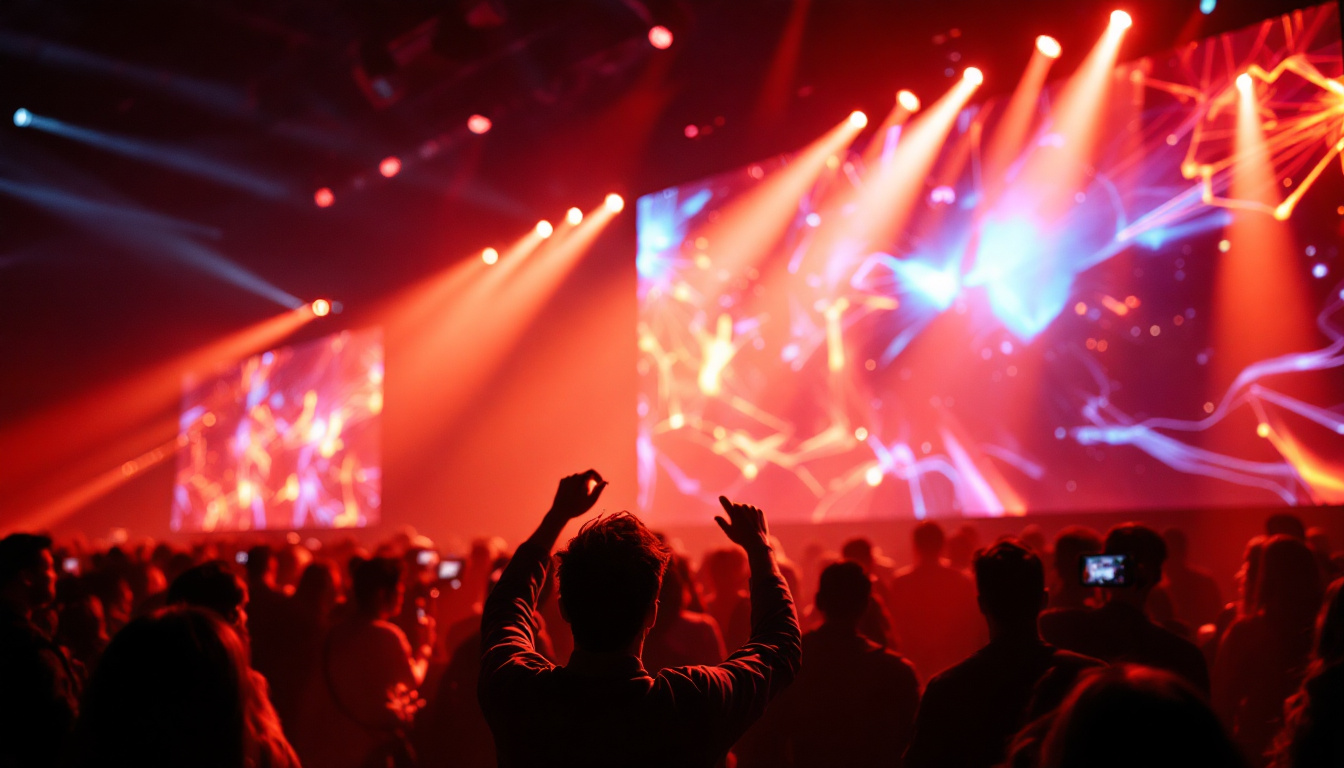In the ever-evolving world of technology, displays have become an integral part of our daily lives. From smartphones to large advertising boards, the technology behind displays continues to advance, with LED (Light Emitting Diode) displays leading the way. This article delves into the intricacies of LED displays, exploring their types, advantages, applications, and future trends.
Understanding LED Technology
LED technology has revolutionized the way we view images and videos. Unlike traditional displays that rely on backlighting, LED displays utilize tiny diodes that emit light when an electric current passes through them. This fundamental difference allows for greater efficiency and improved image quality. As a result, LED technology has not only enhanced consumer electronics but has also paved the way for innovative applications in various fields, including automotive lighting, architectural illumination, and even horticulture, where specific light wavelengths are utilized to optimize plant growth.
The Basics of LED Operation
At the core of LED technology is the semiconductor material that produces light. When electrons move through the semiconductor, they release energy in the form of photons, creating visible light. This process is known as electroluminescence. The color of the emitted light depends on the materials used in the semiconductor, allowing for a wide spectrum of colors to be displayed. Furthermore, advancements in LED technology have led to the development of white LEDs, which combine different colors of light to produce a bright, neutral light that is ideal for general illumination.
LED displays can be categorized into two main types: passive and active. Passive LED displays use a grid of diodes to create images, while active LED displays utilize individual diodes for each pixel, providing higher resolution and better color accuracy. The evolution of active LED technology has also introduced features such as dynamic refresh rates and improved response times, making them suitable for fast-paced video content and gaming applications.
Types of LED Displays
LED displays come in various forms, each suited for different applications. The most common types include:
- Direct View LED Displays: These displays are made up of individual LED modules that form a larger screen. They are often used in outdoor advertising and large venues due to their brightness and visibility from a distance. Their modular design allows for easy scalability, enabling businesses to create custom-sized displays that fit their specific needs.
- LED-backlit LCD Displays: These displays combine traditional LCD technology with LED backlighting. This hybrid approach enhances brightness and contrast, making them popular for televisions and computer monitors. The use of LED backlighting also contributes to energy savings, as they consume less power compared to traditional fluorescent backlights.
- Organic LED (OLED) Displays: OLED technology uses organic compounds to produce light. These displays offer superior color accuracy and are thinner and more flexible than traditional LED displays, making them ideal for smartphones and high-end televisions. Additionally, OLED panels can achieve true blacks, as individual pixels can be turned off completely, resulting in an impressive contrast ratio that enhances the viewing experience.
In recent years, advancements in LED technology have led to the emergence of MicroLED displays, which consist of microscopic LEDs that can be used to create ultra-high-definition screens with exceptional brightness and color performance. These displays promise to combine the best features of OLED and traditional LED technologies, offering improved durability and energy efficiency, making them a potential game-changer in the display market.
Advantages of LED Displays
LED displays offer numerous advantages over traditional display technologies, making them a popular choice across various industries. Their efficiency, brightness, and longevity are just a few of the reasons for their widespread adoption.
Energy Efficiency
One of the most significant benefits of LED displays is their energy efficiency. Compared to traditional incandescent or fluorescent displays, LED technology consumes significantly less power. This reduced energy consumption not only lowers electricity bills but also contributes to a smaller carbon footprint, making LED displays an environmentally friendly option. Furthermore, many LED displays come equipped with smart technology that allows for adaptive brightness control, adjusting the display’s luminance based on ambient light conditions. This feature not only enhances energy savings but also prolongs the lifespan of the display by reducing unnecessary wear on the components.
Brightness and Visibility
LED displays are known for their exceptional brightness levels, which makes them ideal for outdoor use. The high luminance ensures that images and videos remain visible even in direct sunlight. This characteristic is particularly beneficial for advertising and public information displays, where visibility is crucial for effective communication. In addition to their brightness, LED displays also offer a wide color gamut, allowing for vibrant and dynamic visuals that can capture the attention of passersby. This capability is especially important in competitive environments, such as busy shopping districts or event venues, where striking visuals can significantly impact viewer engagement.
Longevity and Durability
LED displays are designed to last. With a lifespan of up to 100,000 hours, they outlast many traditional display technologies. Additionally, they are more resistant to shock and vibration, making them suitable for a variety of environments, from bustling urban streets to rugged outdoor settings. This durability is further enhanced by advancements in materials and manufacturing processes, which have led to the development of weatherproof and dustproof LED displays. Such features ensure that these displays maintain their performance and appearance even in harsh conditions, providing a reliable solution for businesses and organizations that require consistent operation over extended periods.
Applications of LED Displays
The versatility of LED displays allows them to be used in a wide range of applications, from entertainment to information dissemination. Their adaptability makes them a preferred choice in many sectors.
Advertising and Marketing
One of the most prominent uses of LED displays is in advertising. Digital billboards and signage can display dynamic content, allowing businesses to capture the attention of potential customers. The ability to change advertisements in real-time provides a significant advantage over static displays, enabling targeted marketing strategies. Moreover, the vivid colors and high brightness of LED screens ensure that advertisements remain visible even in bright daylight, making them effective in outdoor environments. This capability not only enhances brand visibility but also allows for creative campaigns that can be tailored to specific times of day or events, maximizing engagement and return on investment.
Entertainment and Events
In the entertainment industry, LED displays are used extensively for concerts, sports events, and festivals. Large LED screens enhance the audience experience by providing clear visuals and vibrant colors. Additionally, LED technology allows for creative lighting effects that can transform any event into a memorable experience. For instance, during live performances, LED displays can synchronize with music and choreography, creating an immersive atmosphere that captivates the audience. Furthermore, the portability of LED panels means they can be easily set up and dismantled, making them ideal for touring shows and temporary installations, thus broadening their application in various entertainment formats.
Information Displays
LED displays are also widely used for informational purposes in public spaces. Transportation hubs, such as airports and train stations, utilize LED screens to provide real-time updates on schedules and delays. Similarly, LED displays in educational institutions can be used for announcements and event promotions, ensuring that information reaches students and staff effectively. Beyond these applications, LED technology is increasingly being integrated into smart city initiatives, where they serve as interactive information kiosks that provide residents and visitors with essential data about local services, events, and navigation. These displays can also be programmed to change content based on the time of day or specific community needs, enhancing their relevance and utility in urban environments.
Future Trends in LED Display Technology
The future of LED display technology looks promising, with ongoing advancements aimed at enhancing performance and expanding applications. Several trends are emerging that are likely to shape the industry in the coming years.
MicroLED Technology
MicroLED is an emerging technology that promises to take LED displays to the next level. Unlike traditional LED displays, which use larger diodes, MicroLED utilizes microscopic LEDs to create images. This technology offers higher resolution, improved color accuracy, and increased flexibility in display design. As MicroLED technology matures, it is expected to become a game-changer in the display market.
Flexible and Transparent Displays
Another exciting trend is the development of flexible and transparent LED displays. These innovative designs allow for creative applications, such as curved screens and displays that can be integrated into windows or other surfaces. This flexibility opens up new possibilities for advertising, architecture, and consumer electronics.
Smart Displays and Integration with IoT
As the Internet of Things (IoT) continues to expand, LED displays are becoming smarter. Integration with IoT technology allows for enhanced interactivity and connectivity. Smart LED displays can adapt content based on real-time data, such as weather conditions or audience demographics, providing a more personalized experience for viewers.
Conclusion
LED displays have transformed the way information is presented and consumed. Their energy efficiency, brightness, and versatility make them an ideal choice for a myriad of applications, from advertising to entertainment. As technology continues to evolve, LED displays are set to become even more advanced, incorporating features that enhance user experience and engagement.
With trends like MicroLED technology, flexible designs, and smart integrations, the future of LED displays is bright. As industries continue to embrace these advancements, LED technology will undoubtedly play a crucial role in shaping the visual landscape of tomorrow.
Illuminate Your Space with LumenMatrix
As you consider the vast potential and future of LED display technology, imagine the impact that high-quality, innovative LED solutions could have on your business or project. LumenMatrix is at the forefront of this technological revolution, offering a diverse range of LED display modules designed to bring your visual communication to life. Whether you’re looking for Indoor LED Wall Displays, Outdoor LED Wall Displays, or specialized solutions like Vehicle LED Displays and LED Sports Displays, LumenMatrix has the expertise to elevate your brand visibility and audience engagement. Embrace the future of digital signage with LumenMatrix’s cutting-edge LED display solutions. Check out LumenMatrix LED Display Solutions and transform your space into a captivating visual experience.





